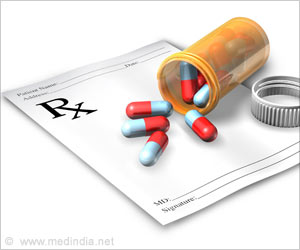“International reference pricing could yield considerable savings in the U.S.,” said Andrew Mulcahy, lead author of the study and a senior health policy researcher at RAND, a nonprofit, nonpartisan research organization.
High prescription drug prices have important implications for the American health care system, driving up overall costs, burdening some patients with high co-pays and causing many people to forgo needed medications.
Prices for brand-name drugs are higher in the U.S. compared to other high-income countries, most of which regulate drug prices.
However, inconsistent availability of data on U.S. net prices (the prices insurers pay after rebates and other discounts) complicates international comparisons of brand-name drug prices.
Researchers compared what 2020 spending would have been if the U.S. bought insulins and 50 top single-source, brand-name drugs at U.S. manufacturer prices, U.S. net prices after rebates, and at H.R. 3 international ceiling prices.
They combined IQVIA MIDAS data on drug volumes and prices in other countries with SSR Health data on U.S. net sales. Savings from international reference pricing varied across different groups of drugs.
Spending at international rather than U.S. net prices would have reduced spending by 53.7% for oncology drugs. For insulins, spending at international prices would have still lowered spending by 44.4%.
Researchers hope that international reference pricing would yield considerable savings for U.S. consumers but other important considerations around the design and implementation of drug price regulation must be considered as a part of any such program.
Those issues include incentives for research and development, industry launch and pricing strategies, and demand responses to lower prices.
Source: Medindia



